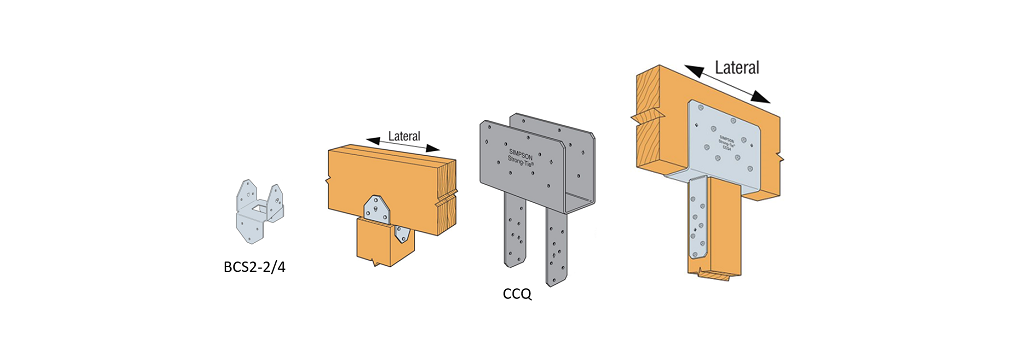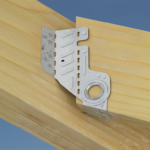Why do our light-duty BC post caps have published allowable lateral loads while our strong, heavy-gauge CCQ column caps do not?
Because with great power comes great responsibility. Or, in the world of post caps: With great capacity comes more responsibility.
The heavier and stronger the column cap, the greater the possibility for its lateral capacity to be misinterpreted by designers, and for the product to be used inappropriately or in ways that aren’t intended (e.g., wood moment frames). Therefore, with heavier and higher-capacity post caps comes more responsibility to ensure that the published lateral capacities are achievable.
That’s where this blog post comes in.
Post caps can be used to transfer lateral forces from a beam to a post, or from the post to the beam. However, load transfer between the beam and the post is only achievable when one of these members is designed to adequately receive the lateral load. The larger the lateral load, the more critical this becomes.
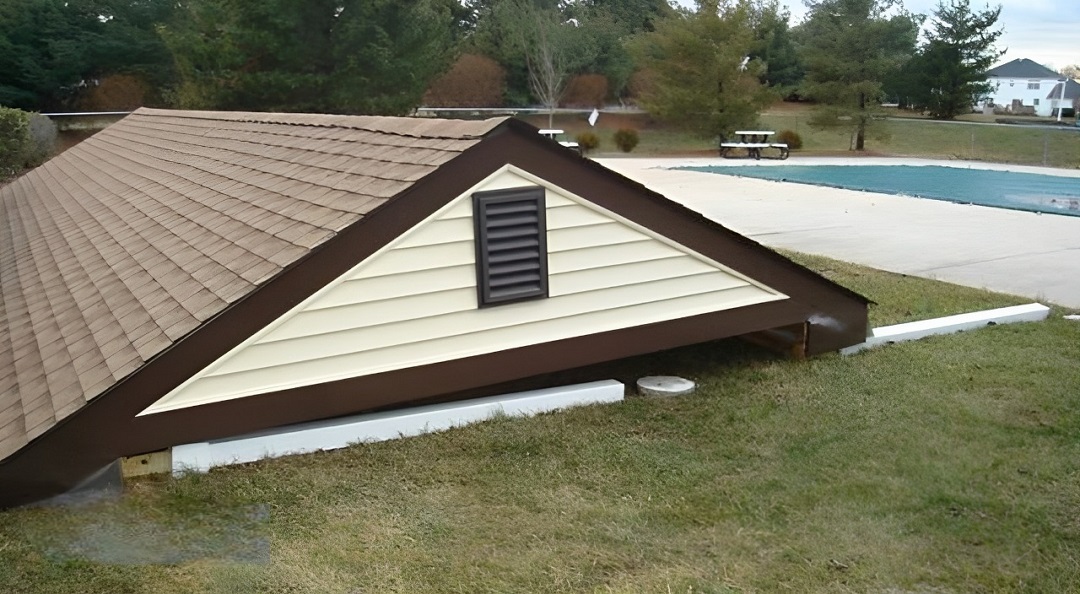
So before we talk about the lateral capacity of our heavy-duty post caps, let’s first discuss what detailing is necessary to ensure a stable post-to-beam connection that will perform as expected under lateral loading.
Lateral Load Transfer from Beam to Post
To transfer lateral load from a beam to a post, the post must be supported laterally by some means — other than the post cap — to prevent it from rotating and tipping over. Post caps themselves (no matter how heavy-duty they are!) will not stabilize the top of the post from rotating under the applied lateral force. The figure below shows an unstable connection that results when lateral load acting on a beam is transferred through post caps to posts that have not been properly stabilized against rotation.
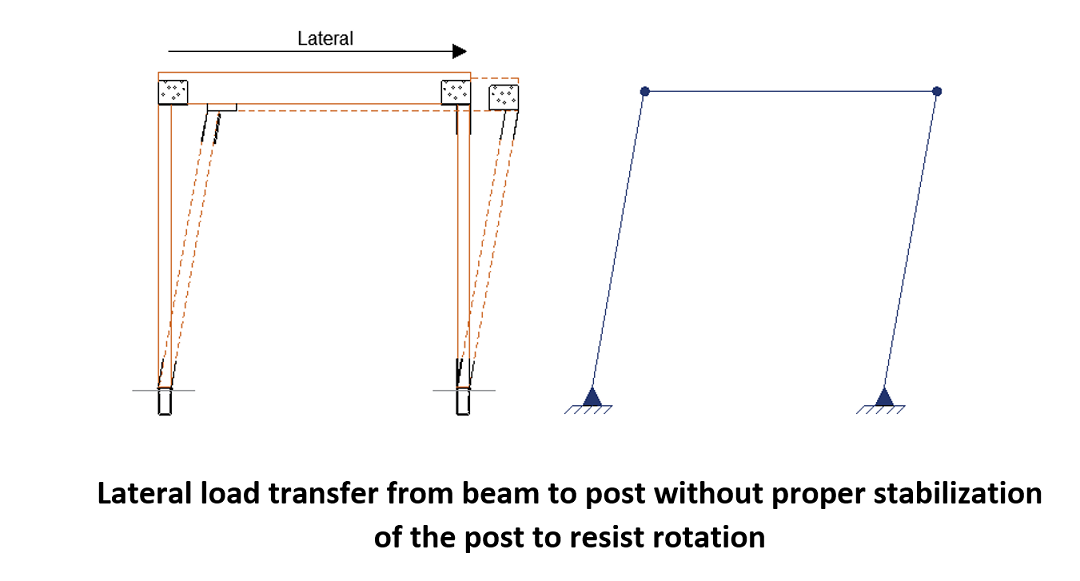
Some methods for preventing posts from rotating under lateral load include:
- Cantilevering the post out of the ground
- Using a moment-resisting post base, such as the Simpson Strong-Tie MPBZ moment post base
- Adding a knee brace between the post and beam
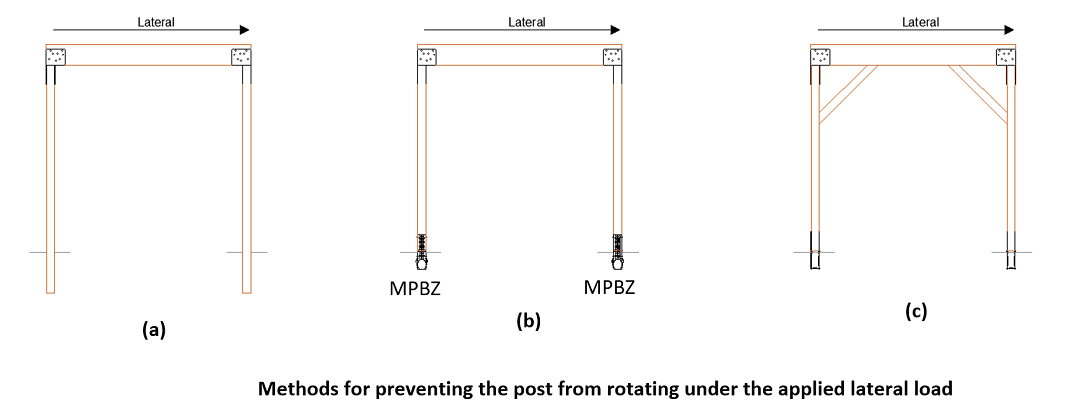
Lateral Load Transfer from Post to Beam
Lateral capacities of post caps can also be used to transfer lateral load from a post to a beam. To achieve proper load transfer in this case, the beam must be supported laterally by some means to prevent it — and the top of the post — from moving horizontally in the direction of the applied load.
Some methods for preventing the beam and top of post from moving horizontally under lateral load include:
- Adding a knee brace between the post and beam
- Tying the beam into a supporting structure
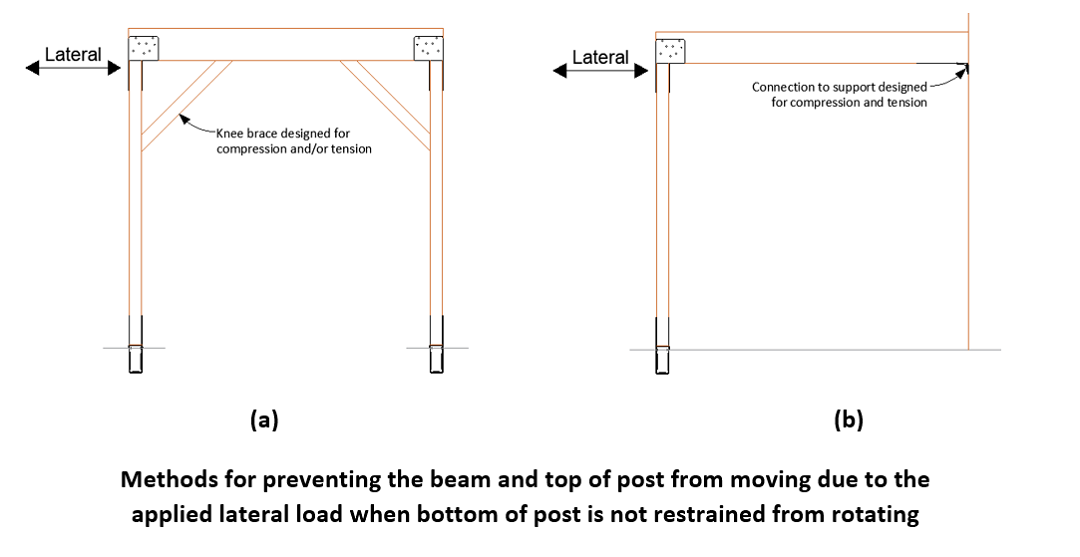
Alternatively, designers can reduce or eliminate the need for knee bracing in decks and freestanding structures by preventing rotation at the base of the post, such as by cantilevering the posts out of the ground or using the MPBZ moment-resisting post base.
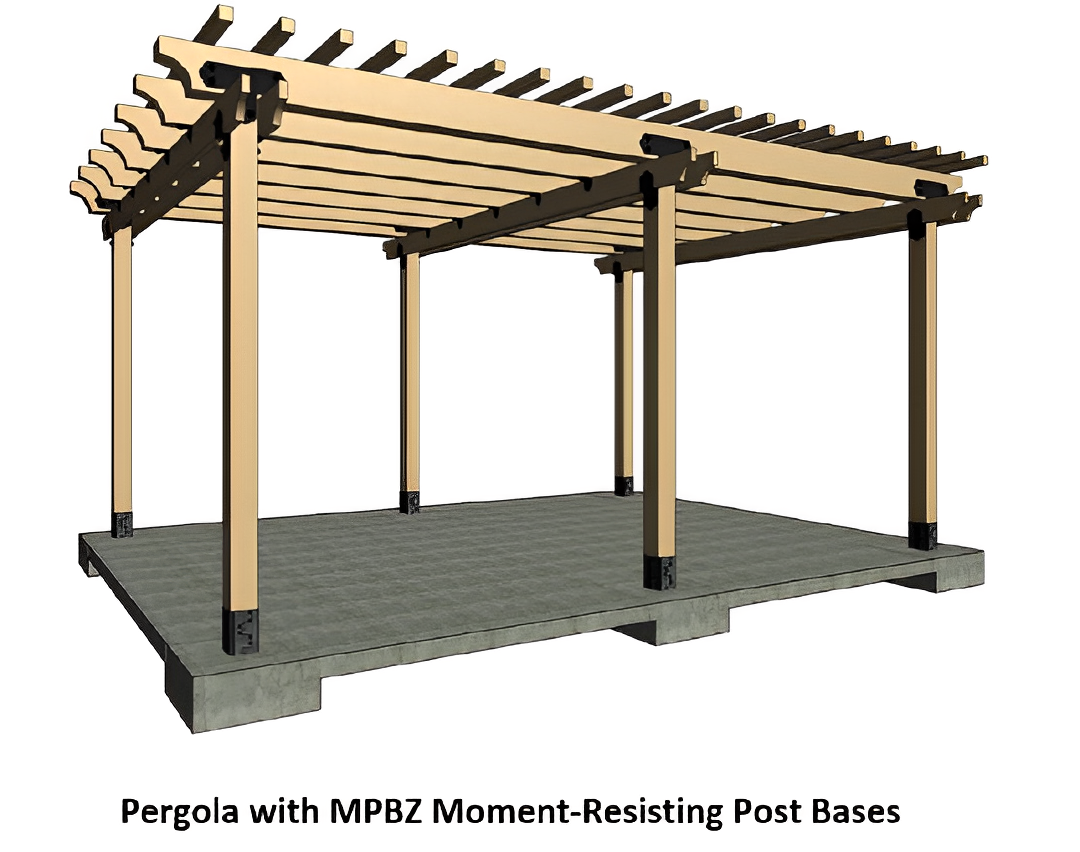
Now that we’ve addressed the requirements for the beam and the post in order to successfully transfer lateral loads — and maintain stability — let’s talk about post cap allowable loads.
What’s Behind a Post Cap’s Allowable Lateral Load?
Previous blog posts have provided a brief look at how connectors, fasteners, anchors and cold-formed steel systems are load rated. Let’s take a closer look at how post cap lateral loads are established. The photo below shows a typical test setup for a lateral load test on a post cap. The post cap in this test photo is our CCQ3-4. As you can see, the post is placed on its side and is fully supported along its length, and then a load is applied to the end of the beam. Consequently, the allowable lateral load for a post cap does not consider any post displacement.
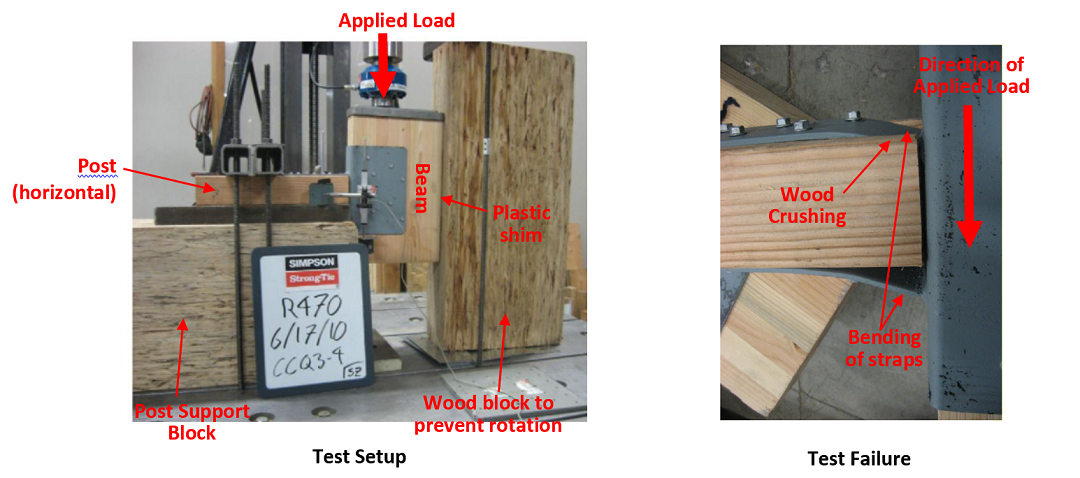
Results of CCQ/ECCQ Lateral Load Testing
And now the moment you’ve been waiting for. What is the lateral load capacity of the CCQ/ECCQ column caps?
Provided the beam or column is laterally supported by other means, the allowable lateral loads are as follows:
| Model No. | No. of ¼” x 2 ½” SDS Screws | Allowable Lateral Load (DF/SP) (160) | |
| Beam | Post | ||
| CCQ3-4 | 16 | 14 | 3,300 |
| ECCQ3-4 | 14 | 14 | 2,495 |
It should be noted that these allowable lateral loads are based on a continuous beam and standard strap orientation, and are not applicable to a spliced beam or CCQ/ECCQ caps with rotated straps. Spliced beam conditions must be detailed by the designer to transfer lateral loads between spliced members by some means other than the post cap; for example, a tension strap across the top of the beam, or on the side of the beam above the post cap (see figure below).
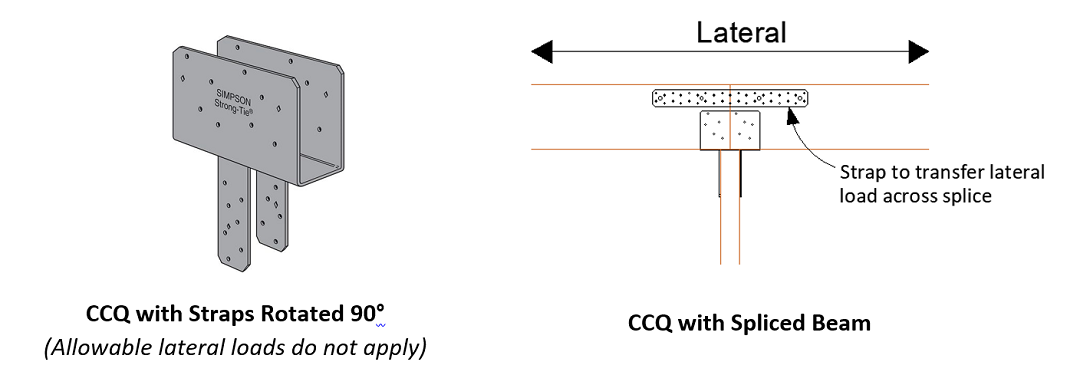
Out-of-Plane Lateral Loads and Rotated Straps
The preceding discussion has been about lateral loads acting parallel to the beam, with the post bearing against a column cap strap. Which leads to the next question, what about the capacity of post caps in the out-of-plane direction, for lateral loads acting perpendicular to the face of beam and loading the column cap straps in shear?
The short answer is that we do not have any testing on our post caps loaded in this application.
The longer answer is that out-of-plane loads, acting perpendicular to the beam, introduce another level of complexity. In addition to the load causing the post to rotate about its base (same as with the parallel-to-beam lateral loads), this load also creates rotation and cross-grain bending in the beam. Although a post cap could provide resistance to transfer the shear load, it would not offer adequate resistance to the rotation force.
Conclusion
With proper detailing, post caps can be used to transfer lateral loads from a beam to a post, or vice versa. Without proper detailing, using a post cap to transfer lateral load can result in an unstable connection. The higher the lateral load, the higher the stakes. So the next time you’re looking for a heavy post cap to transfer a lateral load, make sure to look at your post and beam as well — and ask yourself, “Is one of these members supported laterally by some other means?”
Perhaps adding a moment-resisting MPBZ to the post will be just the solution you need — you can find more information about it here: MPBZ Moment Post Base | Simpson Strong-Tie (strongtie.com)

